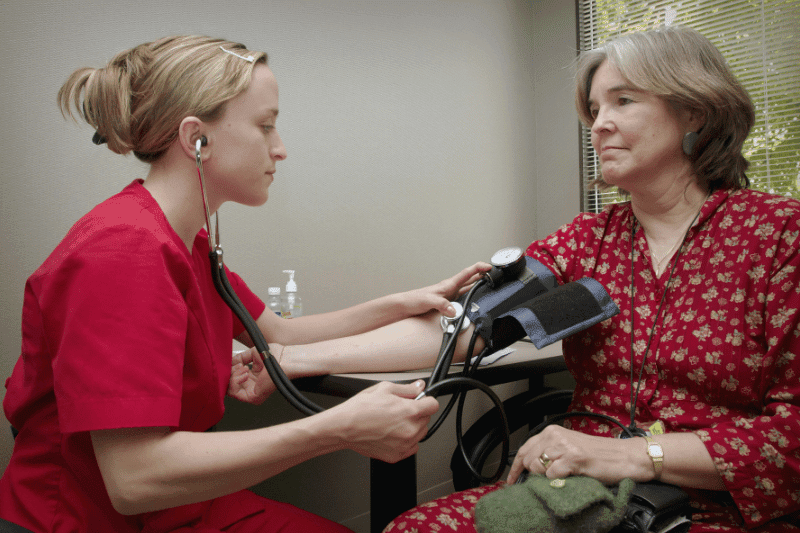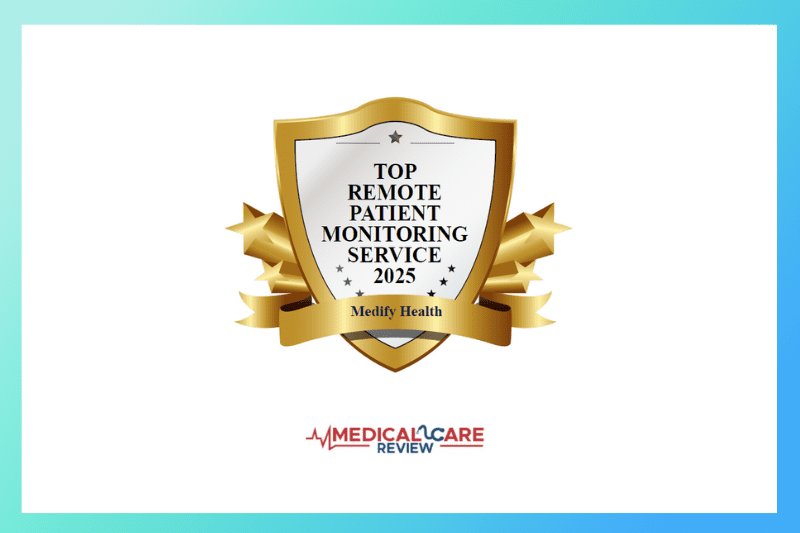
Transitional Care Management (TCM) is about helping patients transition back to a community setting after a stay in hospital, inpatient rehab, long term care, psychiatric and skilled nursing facilities.
For hospitals and surgical centers, it’s a proven way to reduce costly readmissions and avoid penalties. Primary care and specialty practices rely on it to ensure patients receive continuous, coordinated, and person-centered care as they move between healthcare settings, preventing gaps in care and reducing hospital readmissions when patients return home. And ACOs see TCM as a lever to improve quality scores, lower total cost of care readmissions when-based care goals.
TCM isn’t just about patient safety. TCM improves patient outcomes by ensuring they receive timely follow-up, education, and support, which enhances their recovery and quality of life. It also benefits the healthcare system by reducing costs associated with preventable readmissions and emergency visits, leading to greater efficiency and financial sustainability.
Why Transitional Care Is More Than Discharge Paperwork
Discharge instructions are important, but they rarely answer all the questions that come up once a patient is home. The 30 days after hospitalization are the most vulnerable period — almost one in five Medicare patients is readmitted during this window.
Patients face multiple risks:
- Confusion about new or adjusted medications, increasing adverse event risk.
- Missed follow-up visits or pending diagnostic tests that go unaddressed.
- Comorbidities that destabilize recovery.
- Social barriers such as lack of transportation, food insecurity, or caregiver strain.
Without structured follow-up, these gaps lead directly to unnecessary ED visits, readmissions, and dissatisfied patients.
How CCM and RPM Extend Transitional Care
While TCM formalizes outreach within two business days and requires a follow-up visit within 7 or 14 days, patients often need more support than one touchpoint. That’s where Chronic Care Management (CCM) and Remote Patient Monitoring (RPM) extend and strengthen the program.
Chronic Care Management (CCM):
- Provides monthly structured contact after the TCM period.
- Focuses on lifestyle coaching, care plan updates, treatment adherence, medication management, identification of available community and health resources and help with access to these resources.
- Improves engagement and satisfaction scores tied to Value-Based Care.
- May be billed concurrently with TCM when time and services are distinct.
Remote Patient Monitoring (RPM):
- Supplies daily physiologic data such as blood pressure, glucose, and weight.
- Identifies risk earlier and enables timely intervention before escalation.
- Requires 16 days of device data per 30 days for 99454 and documented management minutes for 99457/99458. In 2026, a new code will be introduced to cover device supply and data transmission for 2 to 15 days of data in a 30-day period.
- Can be billed concurrently with TCM and CCM if requirements are met and services are not duplicated.
Together, CCM and RPM bridge the vulnerable transition period: TCM stabilizes patients immediately after discharge, RPM provides visibility into emerging risks, and CCM sustains engagement long term.
Medify’s Turnkey TCM Solution
Medify offers a full-service, turnkey program that integrates into your existing workflow. Our health coaches and medical professionals take on tasks that often strain staff capacity:
- Reconciling medications to prevent adverse events.
- Reviewing discharge summaries and pending diagnostics.
- Educating patients and caregivers with plain-language guidance.
- Re-establishing referrals with community providers and services.
- Scheduling follow-up visits to ensure CMS timelines are met.
Every contact is proactively managed and fully documented. That documentation is not only valuable clinically — it is audit-ready, ensuring billing compliance for TCM, CCM, and RPM.
Compliance and Revenue Cycle Considerations
For RCM leaders, the details of billing and compliance are critical. Medify’s model ensures:
- TCM compliance: Interactive contact within 2 business days; a face-to-face visit within 7 (high complexity) or 14 (moderate complexity) days.
- CCM alignment: Services are distinct, time is tracked separately, and documentation supports concurrent billing when medically necessary.
- RPM requirements: 16 days of device data in a 30-day period, documented treatment management minutes, and one billing practitioner per patient per month.
- No double-counting: Medify’s team clearly separates services and time, protecting billing integrity and reducing audit risk.
This ensures revenue opportunities are maximized while compliance risk is minimized — a balance that matters to all providers.
Demonstrated Outcomes
Medify’s coordinated model has delivered measurable results:
- 25% reduction in all-cause hospitalization.
- 50% reduction in heart failure readmission rates.
- Increased patient confidence in managing recovery at home.
- Lower burden on staff through outsourced, standardized workflows.
These outcomes directly support financial performance by reducing readmission penalties, lowering cost of care, and strengthening payer relationships in Value-Based Care arrangements.
Why Medify Is Different
What distinguishes Medify is not just the services, but the structure behind them:
- A full-service team of licensed health professionals focused exclusively on Medicare-age patients.
- Programs tailored to both physician preferences and patient treatment goals.
- Audit-ready documentation that supports CMS billing requirements for TCM, CCM, and RPM.
- A scalable, complementary model that integrates with national systems and ASCs without adding staff burden.
Transitional care cannot end with a discharge summary. By integrating TCM with CCM and RPM, Medify helps organizations reduce readmissions, improve patient outcomes, and protect financial performance under Medicare and value-based contracts.
Next Steps to Learn More About TCM
Contact your Medify account manager to discuss your current TCM protocols and how Medify can enhance the patient experience.
Discuss patient education materials and opportunities to train participating physicians and staff in the benefits of Medify’s ongoing proactive monitoring and coaching to improve health outcomes and patient satisfaction.



